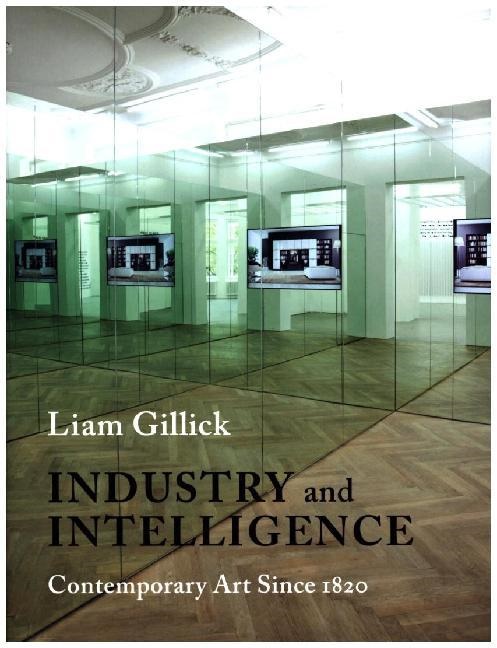Read more
The history of modern art is often told through aesthetic breakthroughs that sync well with profound cultural and political change. Monet's riotous landscapes, Picasso's fractured forms, Pollock's insolent splatters, Warhol's proliferating soup cans-these examples track with the disruptions of industrialization, fascism, revolution, and war, among other influences. But filtering modern art only through catastrophic events cannot account for the subtle interrogations that inform so many contemporary works.
List of contents
Acknowledgments
Introduction: Creative Disruption in the Age of Soft Revolutions
1. Contemporary Art Does Not Account for That Which Is Taking Place
2. Projection and Parallelism
3. Art as a Pile: Split and Fragmented Simultaneously
4. 1820: Erasmus and Upheaval
5. ASAP Futures, Not Infinite Future
6. 1948: B. F. Skinner and Counter-Revolution
7. Abstract
8. 1963: Herman Kahn and Projection
9. The Complete Curator
10. Maybe It Would Be Better If We Worked in Groups of Three?
11. The Return of the Border
12. 1974: Volvo and the Mise-en-Scène
13. The Experimental Factory
14. Nostalgia for the Group
15. Why Work?
Notes
Index
About the author
Liam Gillick, geb. 1964, studierte am Goldsmiths College, University of London. Liam Gillick arbeitet mit Architektur, Installationen, Design und Texten. 2002 wurde er für den Turner Preis nominiert.
Summary
The conceptual artist Liam Gillick writes a genealogy of contemporary art, arguing that we need to appreciate its engagement with history. He takes a broad view of artistic creation from 1820 to today, underscoring the industry and intelligence of artists as they have responded to incremental developments in science, politics, and technology.
Report
"In prose at once forthright and oblique, Liam Gillick here attempts to extricate himself, and us his readers, from the enveloping protoplasm known as "contemporary art." At the core of this book is a compelling alternative genealogy for our current condition, traced across four soft revolutions spanning 1820 to 1974. What that genealogy cumulatively reveals is a provocative diagnosis of the present as interminable-an entropic horizon against which artists and curators deploy their "evasive markers." With Industry and Intelligence, Gillick proves himself the most lucid inheritor of Conceptualism's artist-writers, truly a latter-day Robert Smithson or Dan Graham." - Tom McDonough, Associate Professor of Art History, Binghamton University

